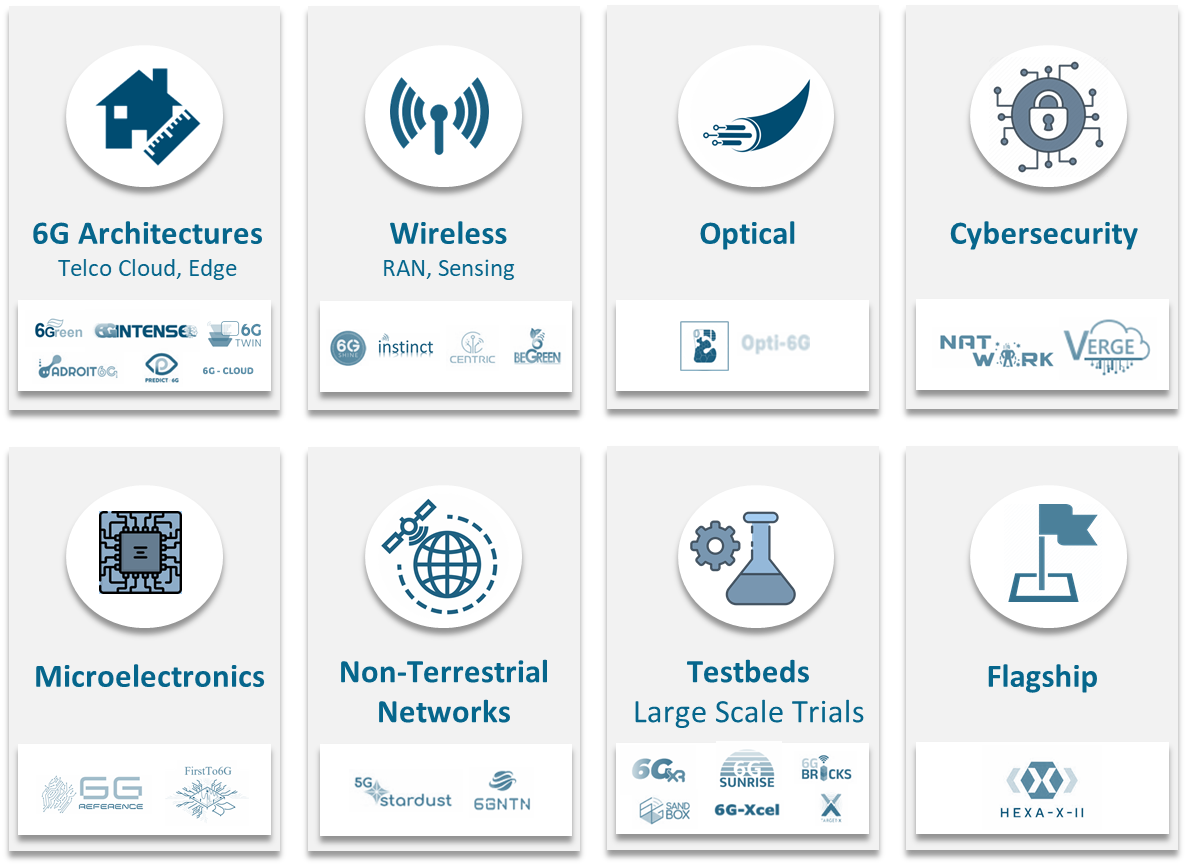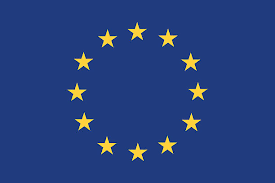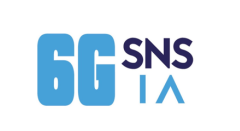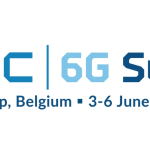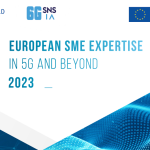Bridging perspectives for a sustainable future: Unveiling the 6G Horizon at MWC 2024
On February 27, 2024, at the Mobile World Congress, the Smart Networks and Services Joint Undertaking (SNS JU) organised the session titled “6G Horizon: Bridging Perspectives for a Sustainable Future.” The event, moderated by Erzsebet Fitori, executive director of SNS JU, explored the multifaceted landscape of 6G technology. The session underscored the technology’s potential beyond mere enhancements in speed and efficiency, highlighting its significant implications for business, technical, and societal realms.
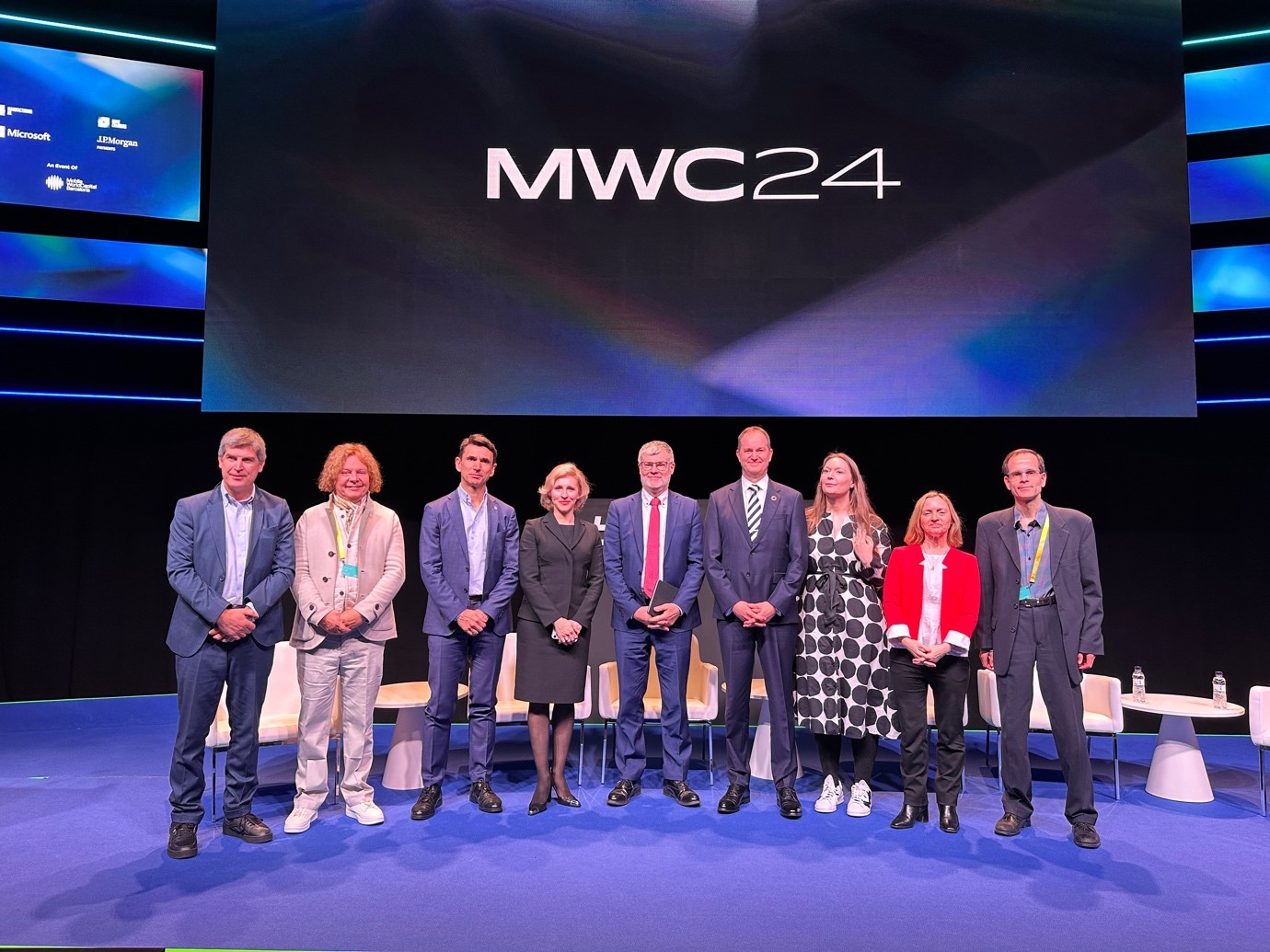
Opening the session, Pearse O’Donohue, Director General of DG CONNECT and Chair of the SNS JU Governing Board, emphasised the need for collaborative efforts to foster innovation, attract investment, and enhance security to support Europe’s digital transformation. Highlighting the recent initiatives by the European Commission, Pearse stressed, “We have set out certain steps to reach our goals in this area, particularly seeing the need for what we would call connected collaborative computing networks.”
Colin Willcock, Chairman of the 6G Industry Association, discussed the collaborative efforts required to advance 6G research and development. He stressed the importance of international collaboration and the inclusion of various stakeholders to ensure that 6G technology meets global standards and addresses the needs of diverse industries. Representing the comprehensive ecosystem of connectivity, from telecom giants to SMEs and academic institutions, Colin outlined the ambitious goal of investing 1.8bn€ including public and private contributions between 2021-2027. He underscored the essence of international cooperation and cross-sector integration as foundational pillars for the success of 6G.
In his keynote address, Mikko A. Uusitalo, coordinator of the Hexa-X II project, shared his insights on the transformative potential of 6G technology. Mikko presented the vision of 6G as a technology that seamlessly connects the physical, digital, and human worlds, emphasizing the comprehensive and inclusive approach of the Hexa-X II project. With a consortium comprising operators, technology providers, academia, and verticals, the project aims to integrate various perspectives to shape the future of connectivity. Mikko stressed the importance of sustainability, inclusion, and trustworthiness as core values guiding 6G development.
The multifaceted approach to 6G: from security to sustainability
The panel discussion, featuring industry leaders and innovators, delved into lessons learned from previous generations of mobile technology and explored strategies for integrating academic research into technology development. The panellists unanimously agreed on the importance of a collaborative approach and the need to prioritize sustainability, security, and efficiency in the evolution from 5G to 6G.
Henry Tirri, the Chief Technology Officer of Nokia Technologies, offered valuable insights into the evolution of mobile technology and the imperative of learning from past generations. Juan Carlos Garcia Lopez, Senior Vice President of Technology Innovation and Ecosystem at Telefonica Group, stressed the importance of “cloud-native network architecture” and “quantum-safe security” as crucial aspects of sustainable and secure 6G infrastructure. Marja Matinmikko-Blue, Research Director at the University of Oulu, brought a unique perspective on sustainability during the panel, advocating for an approach that integrates environmental, social, and economic considerations from the outset ensuring that 6G technology not only advances connectivity but also contributes positively to societal goals. Paolo Murri, the Vice President of Business Development and Open Innovation at TIM, shared insightful perspectives on the transition towards 6G and the overarching challenges faced by telecom operators. Murri underscored the necessity of balancing innovation with economic sustainability. Marie Hogan, the Head of 6G at Ericsson’s Business Area Networks, emphasized the evolutionary path from 5G to 6G, advocating for a development strategy that builds on the successes and lessons of 5G while introducing new capabilities and efficiencies. She highlighted the potential for 6G to enhance and expand the use cases enabled by 5G, such as immersive communication and digital twins, by leveraging advanced technologies and more efficient network architectures.
Showcasing the latest research in 6G
At Mobile World Congress, 25 SNS JU projects were present, highlighting the cutting-edge research in 6G technology, from different perspectives and technology areas: 6G Architectures (Telco Cloud, Edge), Wireless (RAN, Sensing), Optical, Cybersecuirty, Microelectronics, Non-Terrestrial Networks, and Testbeds. The collective presence of these SNS JU projects at the Mobile World Congress not only exemplified the collaborative spirit driving 6G development but also reinforced the European commitment for a future where advanced connectivity drives societal progress.
